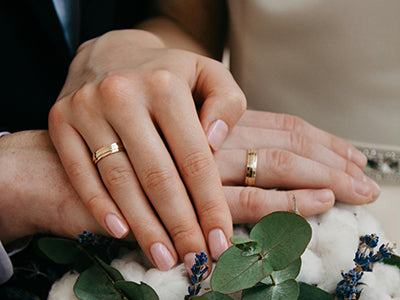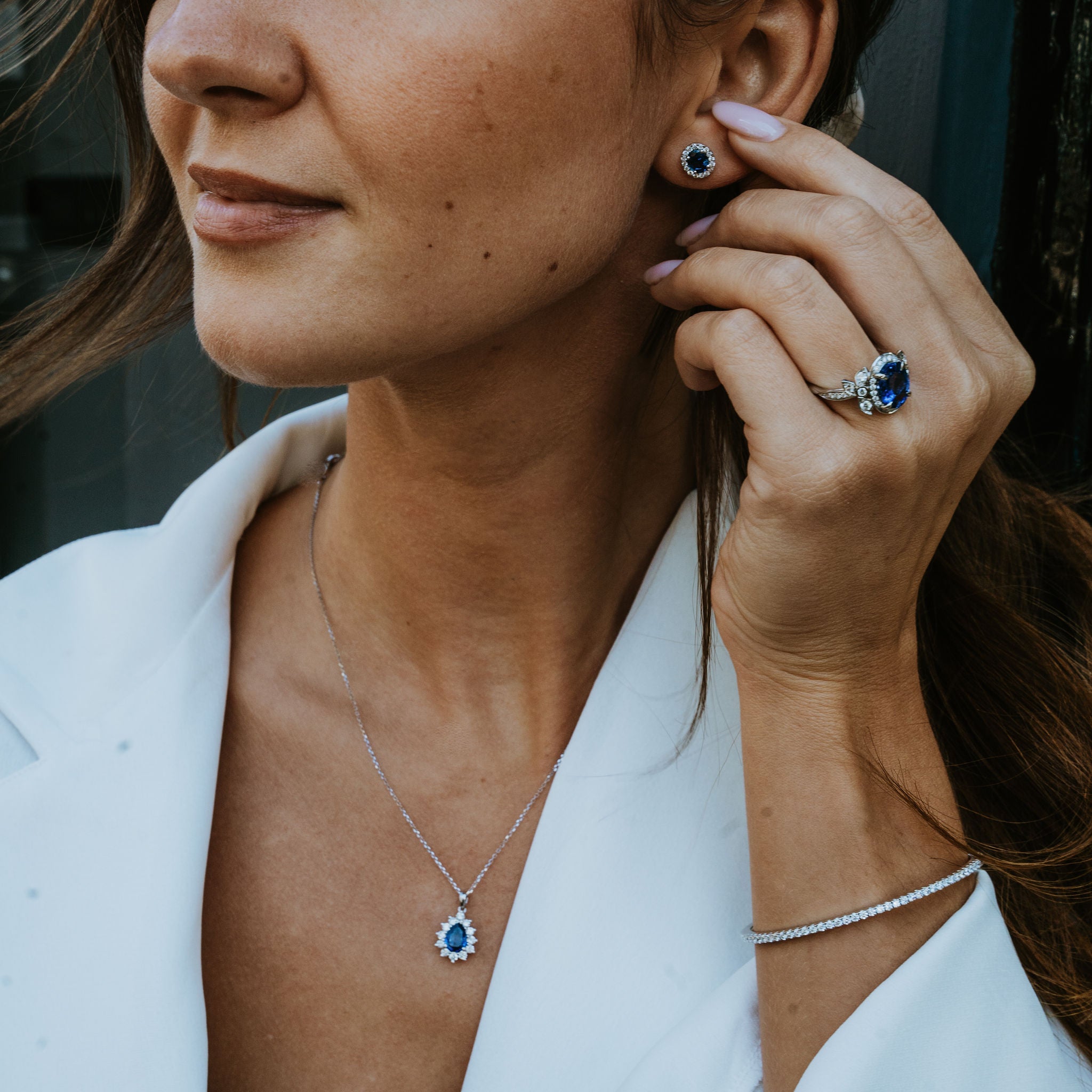 When the 2020s began, many people wondered when many of the institutions of the Roaring Twenties of a century ago would make a long-awaited comeback.
When the 2020s began, many people wondered when many of the institutions of the Roaring Twenties of a century ago would make a long-awaited comeback.
Whilst we have seen a comeback of flapper fashion, Gatsby parties and moonshine, one of the more interesting returns we have seen in recent years is the cocktail ring, one of the brightest and most ostentatious pieces of jewellery in the repertoire of any party host.
Following years of stealth wealth and subtle symbols, big, bold, bespoke jewellery is back, and the cocktail ring’s bold, rebellious statement is arguably even more important now than ever before.
To understand why, it is important to look at the shape of the cocktail ring, why size matters, and why such a ring was a provocative statement in the first place.
What Is A Cocktail Ring?
Exactly what a cocktail ring is can be somewhat nebulous, because the term is often used interchangeably with a statement ring. Typically, whilst all cocktail rings are statement rings, not all statement rings are cocktail rings.
Whilst there are very few rules as to their construction, typically they are made with a brightly-coloured central stone designed to match a similarly bold, colourful outfit, surrounded by a circle of shimmering smaller white stones often arranged in a halo shape or petal shape.
Other than this, there were no other restrictions in terms of design, with any type of stone, any type of metal and any type of design encouraged; the brighter, bolder, chunkier and more overdesigned the better.
They were typically designed around a particular outfit, colour scheme or both, which could make owning a collection of them get quite expensive rather quickly.
It was also, quite unlike a wedding ring, worn on the right hand, typically on the index finger.
The reason for this can be found when exploring why these rings are called cocktail rings in the first place.
Why Cocktails?
The first cocktail rings began to emerge in the 1920s, right around the time of a complete cultural revolution inspired as a consequence to one of the most broken laws in history.
The cocktail ring comes from the cocktail party, a drinking tradition that started in the late 1910s but became synonymous with the prohibition era, flappers and the jazz age more broadly.
With alcohol banned and pubs and bars closed, most drinking took place in secret, either at underground speakeasies or at people’s homes at extravagant but ostensibly rather secretive cocktail parties.
Because the only available alcohol was typically rather bad and needed to be drunk quickly whenever law enforcement arrived, cocktails became the drink of choice, typically carried in rather extravagant glasses that were accentuated by a sizeable ring worn on the drinking hand.
This was a symbol of defiance and rebellion, as many women ran speakeasies and went to them independently, the cocktail ring deliberately on the opposite side of a wedding ring to epitomise independence.
Speakeasies tended to be a great equaliser; the prejudices and discrimination of public society that were common in the 1920s largely disappeared when people drank together, and women could and often did go by themselves.
Why Have They Made A Comeback?
Cocktail rings are a jewellery style that is very much cyclical in its popularity, often coinciding with more maximalist and ostentatious fashion styles.
They started to disappear around the end of Prohibition, in part due to the Great Depression, although they quickly made a comeback following the Second World War and remained popular throughout the 1950s during the era of the New Look.
However, this changed dramatically in the early 1960s alongside everything else, but it still adapted to the swinging decade, and whilst not as popular in that decade or the following one, it would become massively popular again in the 1980s.
An era that borrowed spiritually from the 1950s whilst pushing power dressing, bright colours and big hair even further than ever before, the 1980s were a perfect time for all kinds of outsized jewellery, and the cocktail ring became as popular as a new wave of bright cocktail bars.
Despite the 1990s being an era of grunge and rather more muted fashion, cocktail rings never truly went away, often serving as a bold statement of individuality and brightness.
In the 2010s, cocktail rings enjoyed a huge resurgence that coincided with a much broader 1980s revival in fashion, culture and jewellery, and the 2020s cocktail ring movement has brought this boom period largely full circle, though a celebration of a truly unique period for art and culture.





